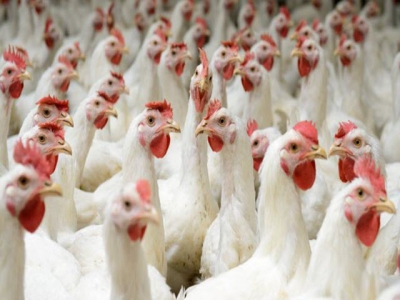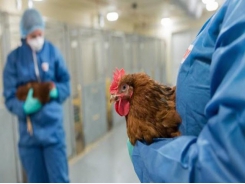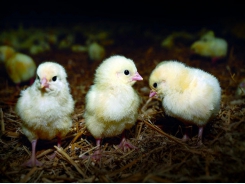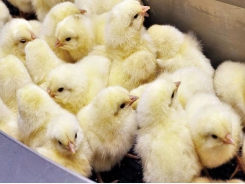Method to improve E. coli vaccines developed

Technique may also apply to salmonella and production of a single bacterin for immunizing poultry against several salmonella serogroups.
The U.S. Poultry & Egg Assn. (USPOULTRY) and the USPOULTRY Foundation announced the completion of a funded research project at the University of Georgia in Athens, Ga., in which researchers revealed a method to improve Escherichia coli vaccines.
Dr. John Maurer and colleagues at the University of Georgia recently completed a research project in which they developed a new method to create killed vaccines for E. coli.
This technique involves growing the bacteria in such a way that it can provide broad immunity against many E. coli types when incorporated into a killed vaccine, Maurer said. The new production method has the potential to provide enhanced protection to layers and breeders against a broader array of E. coli types and help minimize losses due to E. coli infection.
E. coli is an important opportunist bacterial pathogen of poultry that causes significant economic losses from carcass condemnations, airsacculitis, septicemia, yolk peritonitis and cellulitis, Maurer said in a research summary.
However, he added, because the isolates are frequently resistant to multiple drugs, there is often no effective antibiotic therapy. Vaccination has been a moving target for this pathogen because avian pathogenic E. coli exhibits significant O-antigen serogroup diversity, and protective immunity is serogroup specific. This is the reason that killed E. coli killed vaccines (bacterins) provide protection only against the type of E. coli in the vaccine, Maurer said.
He said his laboratory's central hypothesis was that cross-reactive antigens within the E. coli core lipopolysaccharide can elicit cross-protective antibodies in the absence of the O-antigen portion of the molecule. Therefore, developing an easy method to remove the O-antigen from avian E. coli field isolates offers the industry the ability to produce cross-protective bacterins from autogenous strains, he said.
Maurer explained that his lab has developed a culture method that inhibits O-antigen production. This method takes just a couple of weeks to generate the candidate strain for autogenous bacterin production.
An avian E. coli devoid of O-antigen was produced using this culture-based approach, Maurer said, and this strain was used to formulate a water-oil-water emulsion bacterin that was used to vaccinate pullet chickens. Chickens were vaccinated with either this bacterin, a salmonella water-oil emulsion bacterin or a Pasteurella multocida water-oil-water emulsion bacterin. Vaccinated chickens were evaluated for tissue reaction at the site of injection and the immunological response to various avian E. coli, O-antigen serogroups and strain types and to salmonella.
According to Maurer, the E. coli killed vaccine produced mild reactivity, comparable to the P. multocida bacterin. Chickens immunized with the E. coli bacterin produced broadly cross-reactive, strongly agglutinating antibodies to several E. coli O-antigen serogroups and strain types. Sera from pre- and post-vaccinated chickens were used to develop an enzyme-linked immunosorbent assay for measuring antibody responses to the E. coli bacterin.
The E. coli bacterin is currently being evaluated in the field for its ability to reduce disease in breeder hens, Maurer reported, and a cross-protective E. coli vaccine is expected to significantly reduce disease in the field and reduce the economic impact E. coli infection has on breeder hen health and productivity.
This culture-based method can easily identify candidate E. coli strains for bacterin production and may also be applied to salmonella and the production of a single bacterin for immunizing poultry against several salmonella serogroups, Maurer concluded.
Có thể bạn quan tâm
Phần mềm

Phối trộn thức ăn chăn nuôi

Pha dung dịch thủy canh

Định mức cho tôm ăn

Phối trộn phân bón NPK

Xác định tỷ lệ tôm sống

Chuyển đổi đơn vị phân bón

Xác định công suất sục khí

Chuyển đổi đơn vị tôm

Tính diện tích nhà kính

Tính thể tích ao hồ




 Managing poultry water systems for antibiotic-free flocks
Managing poultry water systems for antibiotic-free flocks  9 keys for a successful coccidia vaccination program
9 keys for a successful coccidia vaccination program